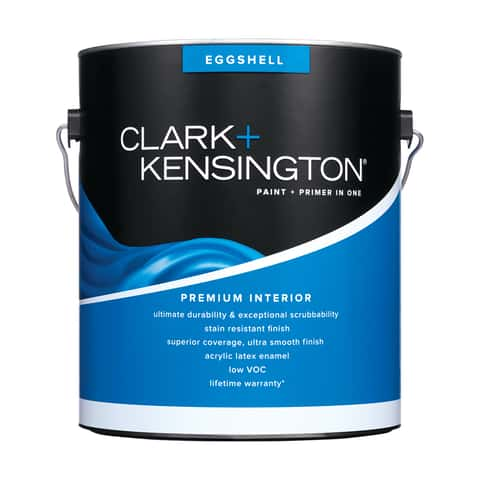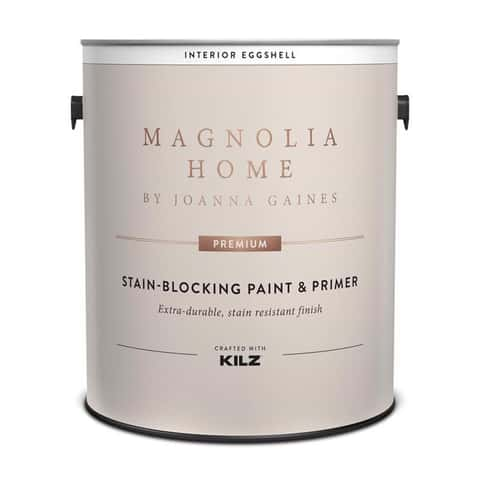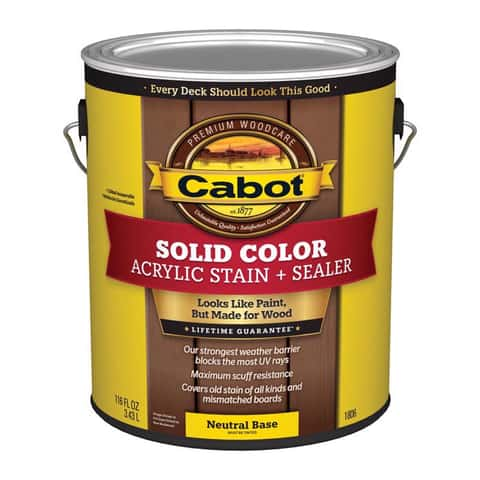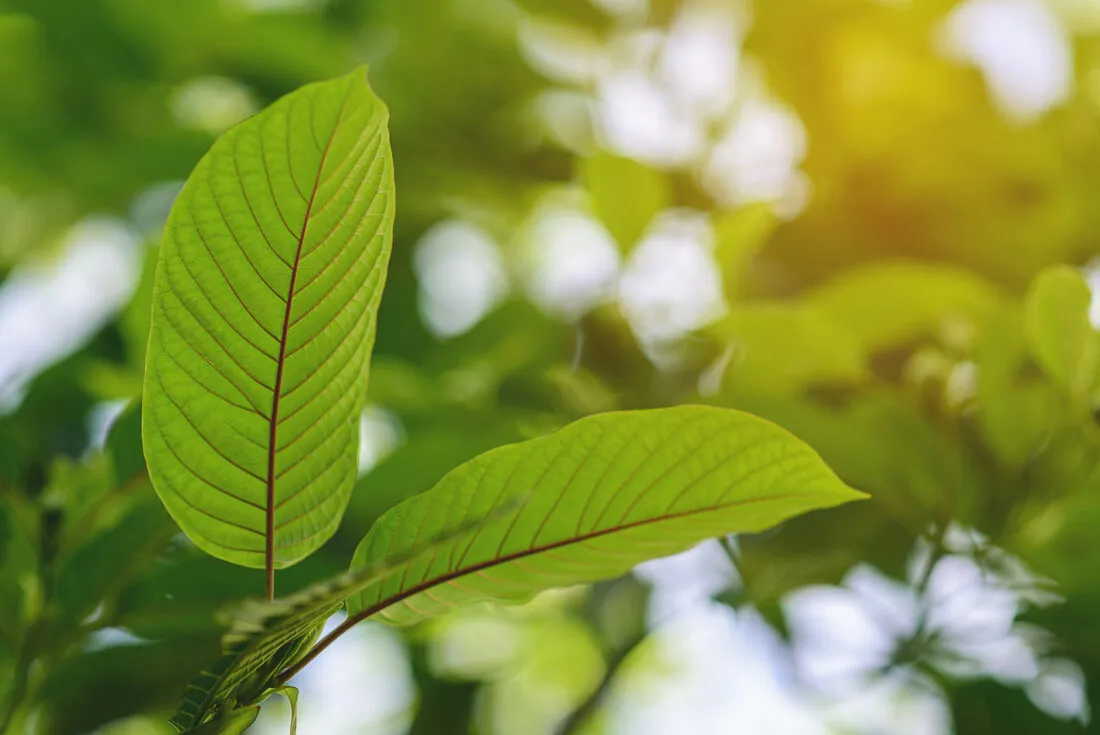Cooling Integrated Laser Machines Improve Comfort During Intensive Hair Removal Sessions
Cooling features support greater ease during longer treatments, allowing users to feel steadier control throughout the process. Gradual adjustments help maintain consistent balance as performance shifts slightly over time. Users notice clear differences when comparing diode laser vs alexandrite choices directly. Gentle transitions contribute to a smoother experience without disrupting the flow of each focused session.
Cooling Design Enhancing User Ease
Cooling depth influences how steadily comfort remains during each active pass. Moderate airflow creates a calmer surface feel while supporting stable movement across the area. Users often prefer structured cooling because it reduces sudden contrast during continuous use.
- Cooling layers stabilize temperature across sessions
- Airflow levels keep surfaces consistently comfortable
- Applied contact remains smooth during usage
- Reduced warmth supports greater handling ease
This blend of features encourages balanced comfort that feels natural as the device continues working.

Balanced Output Supporting Consistent Sessions
Output distribution affects how smoothly each section responds as contact continues. A level pattern ensures steady coverage even when angles shift slightly. Users gain easier rhythm because transitions remain gentle and predictable.
- Balanced beams help maintain uniform targeting
- Subtle shifts stay manageable during longer paths
- Controlled strength supports consistent coverage
- Clear direction improves handling through pauses
These factors create smoother progress, helping sessions maintain dependable flow from start to finish.
Smooth Operation Across Longer Use
Longer applications benefit from structured cooling because movement stays stable. Adjusted flow reduces any sudden change as the surface warms gradually. Users often appreciate enhanced balance through consistent engineering from konmison.
- Flow patterns support calmer ongoing activity
- Surface contact maintains steady gliding motion
- Gradual cooling prevents rapid temperature shifts
- Design choices improve comfort throughout usage
These elements help maintain confidence as operation continues without disruptive changes.
What influences their impression most?
Many focus on how steady the cooling feels as duration increases. Users usually notice smoother handling when temperature stays predictable, keeping everything easier to follow during each continued pass.
Why Cooling Feels Noticeably Different?
People often ask why cooling sometimes feels more effective than expected.
What shapes that difference most? – It usually comes from how airflow interacts with surface contact during each slow movement. Users sense more control because the temperature shift stays mild, creating a softer overall impression during active use.
Is Machine Handling Truly Simple?
Users sometimes wonder whether handling becomes easier once they get used to it.
What helps them feel more comfortable? – The steady cooling works alongside the device path, keeping movement smoother as surfaces stay calm. People quickly adapt because transitions remain gentle, removing extra tension during repeated passes.
Steady Comfort Flow During Sessions
Comfort continues improving when cooling remains steady and predictable throughout each focused moment. Gradual temperature control encourages smoother movement as users follow each guided path. Balanced handling feels natural because shifts stay subtle, allowing the session to maintain a calm overall flow without interruptions.



















